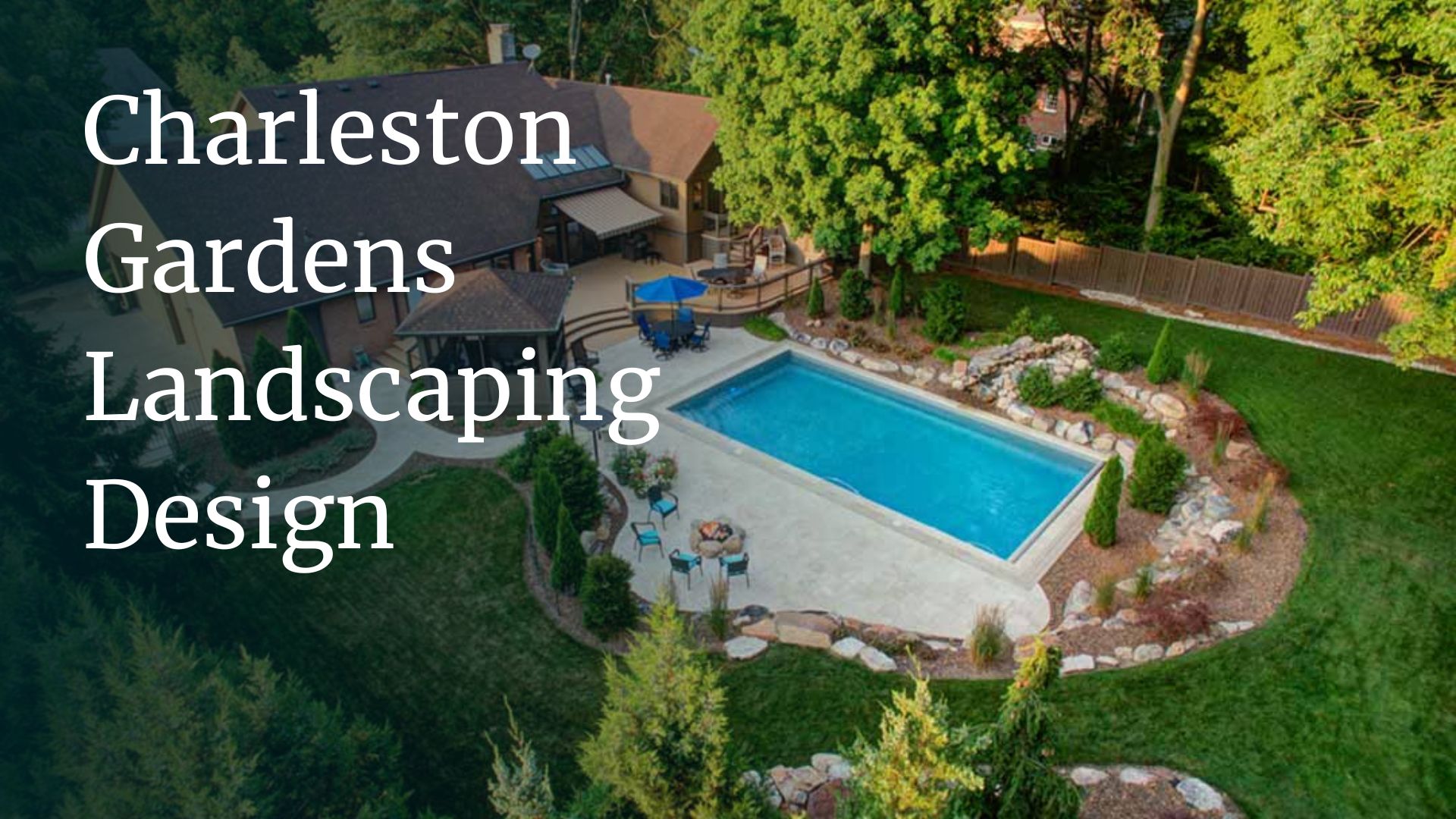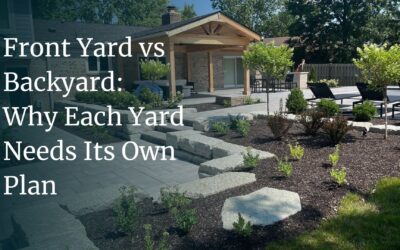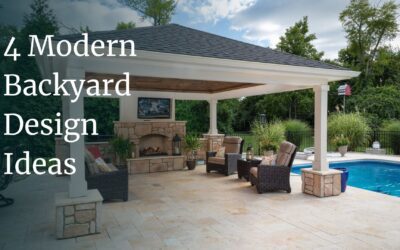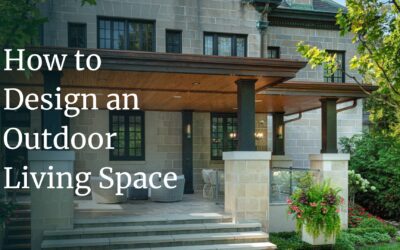Sprawling acreage or small urban plot, you can have the charm of the Deep South in your Dayton backyard.
To most people, the mention of Charleston, South Carolina evokes historical images: Fort Sumter, belles in colorful hoop skirts carrying parasols, the scent of magnolia everywhere.
If you’ve ever visited what the natives call Old Charleston, that part of the city nearest the wharves and water, or seen photos of it, you’re immediately struck by one observation: the beautiful ante-bellum homes that mingle so beautifully with modern-day Charleston sit hard by one another, seemingly stacked in rows. And that presents a problem.
There is little, if any, room for gardens.
Look more closely, however, and you’ll see that the necessity has given birth to gardening invention. For tucked behind the elegant iron gateways and white column balconies of Charleston’s historic homes are magnificent small-space gardens.
Primarily a feature of the Battery area of Charleston (the area nearest the water and the battery of Confederate cannon that fired on Fort Sumter to start what some refer to as the Great Rebellion), most of these pocket gardens measure at the most 50 feet square. Many have porches facing the garden, rather than the street. They are small, residential, human-scaled spaces that simply ooze with charm and an overriding feeling of Southern warmth and hospitality.
One-of-a-kind elegance…
What are the design elements of Charleston Gardens that makes them unique?
First, these spaces are clearly defined, many surrounded by six- to eight-foot-high walls, which – combined with the scale of the historic home, create an enclosed, private, safe feeling.
And nature itself helps define the area of these green, colorful oases. The low-hanging branches of Live Oak trees create ceilings for the gardens.
So as not to leave the impression that these gardens have been jammed into a confining space, they are planted on a small, detailed scale. This aligns the perspective of the garden to the house. However, plants have a funny habit; they want to grow and grow. That puts the onus on the gardener to cut the plants back constantly, to keep the scale and perspective in line.
“Don’t try this style,” Dave Swearingen of Site Group, Inc., cautions, “unless you are willing to spend the extra time or hire professionals to keep the plants pruned correctly.”
You can also maintain the scale of your Charleston Garden with a process known as espaliering. According to M. A. Powell, Extension Horticultural Specialist at North Carolina State University, an espaliered-plant is one that has been trained to grow in one plane. In the 17th Century, espalier originally referred to the frame or trellis on which the plant was trained. Today, espalier refers to both the two-dimensional tree or shrub or the horticultural technique of actually training the plant.
Crabapple trees and Pyracantha, non-vines, lend themselves easily to being espaliered, or trained, to grow in tight, vertical habits.
To complete the small-detailed scale look, you can use subtle water fountains, small, simple fountains that don’t provide showy displays, rather they offer a gentile background look and sound that underscores the feeling of peace Charleston Gardens evoke.
Another unique design element of Charleston Gardens is their contrasting textures. You achieve these by including mostly hardier and more evergreen plants and relying on the contrast of these various textures, rather than the typical approach of having lots of blooms. You might want to set up such contrast with small, boxwood-type leaves as opposed to tropical-type foliate. And you want to avoid using a log of ornamental grasses, except for liriope, sometimes called lilyturf, a wider-bladed grass that is one of the best evergreen ground covers, multiplying rapidly and requiring very little care.
Another unique design element is contrasting forms – upright palms played off against low, horizontal-branched oaks, or small, tightly pruned hedges against taller, elephant ear tropical forms.
The next unique element is formal design arrangement. This requires lots of use of more than one axis in your layout, to provide termination of the views and to underscore focal points. Formal arrangement requires clean, crisp architectural lines and sharp definition of lawn panels.
Now here’s something you would probably never imagine being a design element: vehicles. That’s right, cars, SUVs, and so forth. In many instances, vehicles are part of the landscape in Charleston and certainly not by choice. Streets allow minimal parking, and homeowners want to protect their vehicles, but they don’t have many garages. If this is your problem also, what can you do?
Many times, you can use a more decorative, non-traditional pavement, such as mortared brick, stone or decorative gravel, pave only the tire tracks, and only give vehicles the minimal amount of area. This will maximize your green space.
Paths are another unique design element. Charleston Gardens feature the use of mortared brick; flat, rectangular patterned flagging; and polished marble highlights. A word of caution: polished marble highlights – especially at the bottom of front steps – may be a little unsafe with our rain and winters.
Southern hospitality drives the final unique design element, which we can best characterize as show it and share it. You accomplish this with a look-through gate or ironwork that allows people to appreciate your garden from the sidewalk. Be sure to align gate and ironwork view ports on an axis, or from a strategic spot to control the views.
…transplantable to Dayton
“Okay,” you say, “this is all well and good for Charleston, but how can I make it work for me in Dayton? In our weather?”
Challenge accepted.
In selecting plants, look at form and texture, not at specific varieties. Many of the plants in Charleston are not cold-hardy – we are a zone 5B or 6; they are a zone 8 (10 to 20°F minimum winter temperatures). In our area, you can plant crepe myrtle trees, or single- or multi-stem birch. “Check out some of the new birch borer resistant varieties of birch,” Swearingen advises. “White-bark birches can add a unique architectural feel to a landscape and contrast nicely with more evergreen, lower plants.”
Redbuds, crabapple trees, boxwood, holy, pyracantha, liriope, ivy, vinca, hosta – will all work. You might want to consider planting tropicals in pots, so you can bring them in for the winter, plants such as Elephant Ear and sago palms – smaller, ornamental palms four to five feet tall. And you can use annuals, such as caladiums and coleus for tropical look.
Use the same building materials that they use in Old Charleston: mortared brick, cut stone, decorative gravels, and decorative ironwork. And consider using other materials to create the defined space. To help budgets, trees or hedges could substitute for walls. The main thing you’re going for is the sense of enclosure.
“Take a longer term approach to this type of garden,” Swearingen advises. “The required investment to really make your Charleston Garden special can be significant.”




